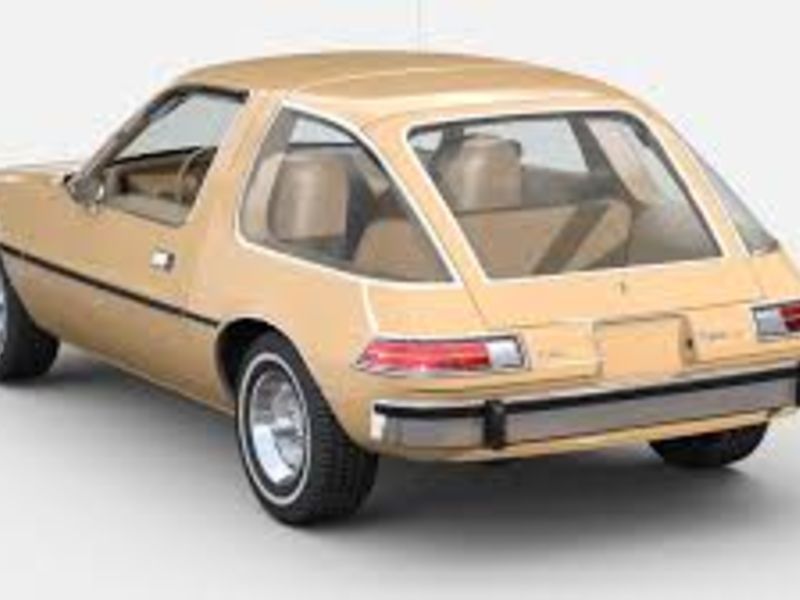
American Motors Corp. introduces the Pacer on Feb. 28, 1975, and the novelty car goes on sale the next day.
A revolutionary design, often derided as a flying fishbowl, the Pacer featured 5,615 square inches of glass — some 37 percent of its surface area. It was available in hatchback and wagon body styles and equipped with a short, low hood, thick B-pillars and an extra-long passenger door.
“When you buy any other car, all you end up with is today’s car,” AMC said in its advertising. “When you get a Pacer, you get a piece of tomorrow.”
AMC, an automaker renowned for smaller cars, from the Rambler to the Hornet to the Gremlin, racked up 72,158 sales of the Pacer through Dec. 31 that year.
AMC initially planned to slot a twin-rotor Wankel engine in the Pacer. Instead, it offered three engines over its lifetime: a 232 straight-six (1975-79), a 258 straight-six (1976-81) and a 304 V-8 (1978-79).
The Pacer was “fresh, bold and functional looking,” Road & Track said, while noting that it was about as long as a Ford Pinto but as wide as the typical American intermediate car.
The car’s styling, unlike anything on the road at the time, sparked widespread debate.
Among the Pacer’s notable styling features was what designers thought would be a nifty feature: The passenger door was 4 inches longer than the driver’s door, so occupants could get into the back seat easier.
“This is the first time in the history of the American automobile industry that a car manufacturer has said in advance of bringing out a new product that some people may not like it,” Popular Mechanics said.
In 2017, Time called it a “glassine bolus of dorkiness” in naming the Pacer one of the 50 worst cars of all time.
Richard Teague, head of design at American Motors, began work on the car in 1971. His bosses were eager to make AMC a leader to address rising gasoline prices, stricter federal safety rules and advancements in technology.
AMC Chairman Roy Chapin Jr. called the Pacer “an idea that represents a transition between what has been and what’s coming. Today versus tomorrow.”
By 1979, with AMC’s bigger Detroit rivals offering more fuel-efficient cars, the Pacer’s meager 22 mpg was no longer appealing to U.S. consumers. On Dec. 3, 1979, the last Pacer rolled off the line at a plant in Kenosha, Wis.